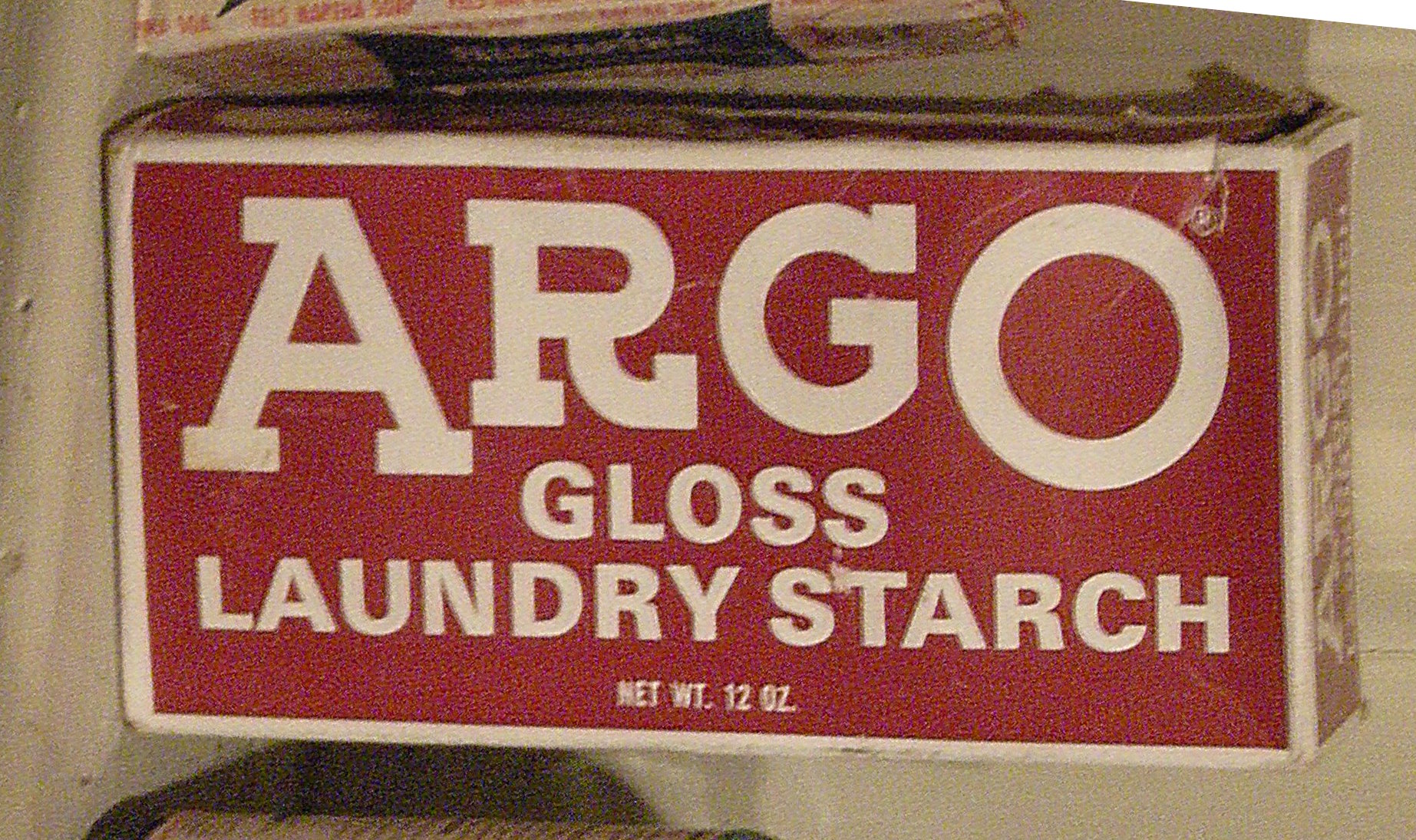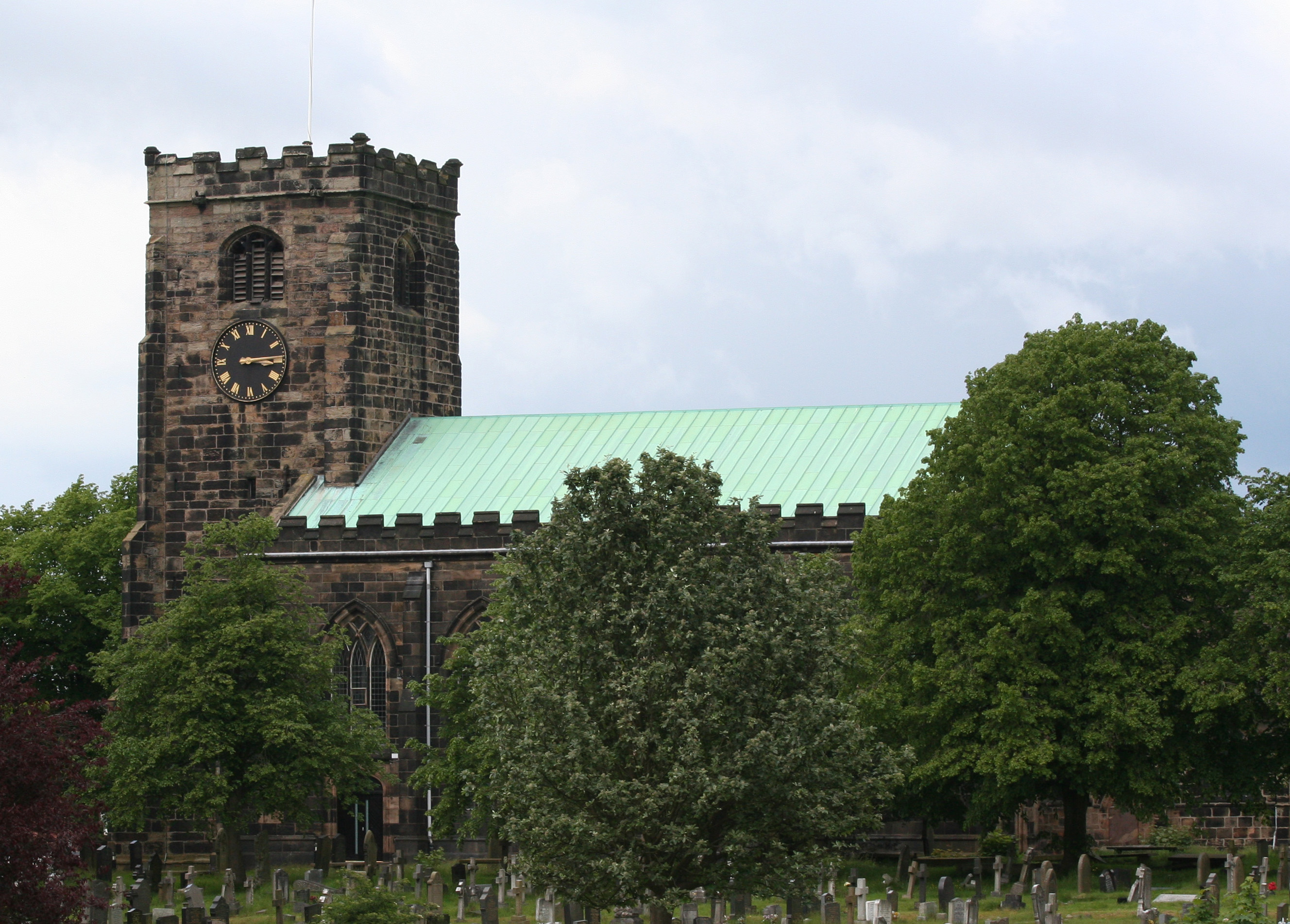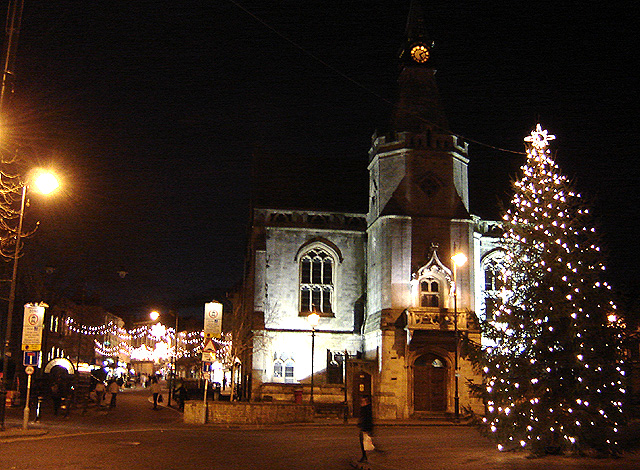|
Melia's Grocers And Tea Dealers
Melia's Grocers and Tea Dealers was a significant British retailer. Daniel Melia Melia's grocery and provisions store was founded by Daniel Melia of Manchester originally under the name ''Daniel Melia & Co. Ltd''. In 1896, it was formed into a limited company with a capital of £60,000 and 60 shops across the country. The company was wound up voluntarily in 1905. At Leamington on Monday 29 March 1896 Daniel Melia (trading as Melia and Co), "with branches in various parts of the country", was charged under the Merchandise Marks Act with having unlawfully applied a certain false trade description "English roll" to American roll bacon. The defence was substantially that the employer was not criminally responsible for the acts of his servant. The bench imposed the maximum penalty of £50, and allowed the costs of the prosecution. Defendant gave notice of appeal. Melia's Grocers ''Melia's Ltd'' became popular as a grocers and tea dealers from the 1920s to the 1960s alongside Maypole ... [...More Info...] [...Related Items...] OR: [Wikipedia] [Google] [Baidu] |
Home And Colonial Stores
Home and Colonial Stores was once one of the United Kingdom's largest retail chains. Its formation of a vast chain of retail stores in the late 1920s is seen as the first step in the development of a UK food retail market dominated by a small number of food multiples. History The business was founded by Julius Drewe (1856–1931), who went into partnership with John Musker in 1883, selling groceries at a small colonial goods store in Edgware Road in London. He subsequently opened stores in Islington, Birmingham and Leeds. The shops mainly sold tea; by 1885 they were trading as the 'Home & Colonial Tea Association'. On the incorporation of the business in 1888, William Slaughter took over as chairman. By the turn of the century the company had over 100 stores; by 1903, it had 500. Home and Colonial bought the share capital of Maypole Dairies of Wolverhampton from the Watson family in 1924. Between 1924 and 1931, several stores, including Liptons, merged with Home and Colonial t ... [...More Info...] [...Related Items...] OR: [Wikipedia] [Google] [Baidu] |
Associated British Foods
Associated British Foods plc (ABF) is a British multinational food processing and retailing company headquartered in London, England. Its ingredients division is the world's second-largest producer of both sugar and baker's yeast and a major producer of other ingredients including emulsifiers, enzymes and lactose. Its grocery division is a major manufacturer of both branded and private label grocery products and includes the brands Mazola, Ovaltine, Ryvita, Jordans and Twinings. Its retail division, Primark, has some 384 stores across several countries, predominantly Germany, Ireland, Netherlands, Spain, and the UK. ACH Food Companies is an American subsidiary. Associated British Foods is listed on the London Stock Exchange and is a constituent of the FTSE 100 Index. History The company was founded by Canadian W. Garfield Weston in 1935, initially as Food Investments Limited, with the name changing to Allied Bakeries Limited a month later. Between 1935 and 1956, ten nation ... [...More Info...] [...Related Items...] OR: [Wikipedia] [Google] [Baidu] |
Fine Fare
Fine Fare was a chain of supermarkets in the United Kingdom. Their Yellow Pack budget private label, own-label range, introduced in 1980, was the first Value brands in the United Kingdom, own brand basic ranges to be introduced in the UK. History The company began as one single supermarket in Welwyn Garden City in 1951, as an offshoot of the ''Welwyn Department Store'', owned by Howardsgate Holdings, the company of Ebenezer Howard, the founder of the garden city movement, garden city movement. It was one of a series of convenience store chains established in the 1950s, the others being Premier and Victor Value. In January 1959, it won a court case against Brighton Corporation, which had insisted that its outlets closed on Wednesday afternoons under the Shops Act 1950. By 1962, it had over two hundred shops. The company was acquired by Associated British Foods in 1963. ABF appointed James Gerald Gulliver, James Gulliver to the post of chairman of Fine Fare in 1967; he continue ... [...More Info...] [...Related Items...] OR: [Wikipedia] [Google] [Baidu] |
Howden
Howden () is a market and minster town and civil parish in the East Riding of Yorkshire, England. It lies in the Vale of York to the north of the M62, on the A614 road about south-east of York and north of Goole, which lies across the River Ouse. William the Conqueror gave the town to the Bishops of Durham in 1080. The wapentake of Howdenshire was named after the town, and remained an exclave of County Durham until as late as 1846. The original boundaries of the wapentake were used for the current two government wards of Howden and Howdenshire, which had a combined population of 19,753 at the 2011 census. Geography Howden is situated in the Vale of York, on the A614, although the town itself has been bypassed. Howden lies close to the M62 and the M18 motorways, nearby to Goole which lies at the opposite side of the River Ouse. The town is served by Howden railway station, which is situated in North Howden and has services to Leeds, Selby, York, Hull and London. Ho ... [...More Info...] [...Related Items...] OR: [Wikipedia] [Google] [Baidu] |
Melton Mowbray
Melton Mowbray () is a town in Leicestershire, England, north-east of Leicester, and south-east of Nottingham. It lies on the River Eye, known below Melton as the Wreake. The town had a population 27,670 in 2019. The town is sometimes promoted as Britain's "Rural Capital of Food", it is the home of the Melton Mowbray pork pie and is the location of one of six licensed makers of Stilton cheese. History Toponymy The name comes from the early English word Medeltone – meaning "Middletown surrounded by small hamlets" (as do Milton and Middleton). Mowbray is the Norman family name of early Lords of the Manor – namely Robert de Mowbray. Early history In and around Melton, there are 28 scheduled ancient monuments, some 705 buildings of special architectural or historical interest, 16 sites of special scientific interest, and several deserted village sites. Its industrial archaeology includes the Grantham Canal and remains of the Melton Mowbray Navigation. Windmill sites and ... [...More Info...] [...Related Items...] OR: [Wikipedia] [Google] [Baidu] |
Chester
Chester is a cathedral city and the county town of Cheshire, England. It is located on the River Dee, close to the English–Welsh border. With a population of 79,645 in 2011,"2011 Census results: People and Population Profile: Chester Locality"; downloaded froCheshire West and Chester: Population Profiles, 17 May 2019 it is the most populous settlement of Cheshire West and Chester (a unitary authority which had a population of 329,608 in 2011) and serves as its administrative headquarters. It is also the historic county town of Cheshire and the second-largest settlement in Cheshire after Warrington. Chester was founded in 79 AD as a "castrum" or Roman fort with the name Deva Victrix during the reign of Emperor Vespasian. One of the main army camps in Roman Britain, Deva later became a major civilian settlement. In 689, King Æthelred of Mercia founded the Minster Church of West Mercia, which later became Chester's first cathedral, and the Angles extended and strengthene ... [...More Info...] [...Related Items...] OR: [Wikipedia] [Google] [Baidu] |
Leyland, Lancashire
Leyland () is a town in South Ribble, Lancashire, England, six miles (10 km) south of Preston. The population was 35,578 at the 2011 Census. The name of the town is Anglo-Saxon, meaning "untilled land". History English Leyland was an area of fields, with Roman roads passing through, from ancient Wigan to Walton-le-Dale. It was left undisturbed for many centuries until rediscovered shortly after the Battle of Hastings (1066). Leyland is mentioned in the Domesday Book (1085). In 1066, King Edward the Confessor presided over the whole of Leyland. The manor was divided into three large ploughlands, which were controlled by local noblemen. In the 12th century, it came under the barony of Penwortham. The area of Worden, which is now Worden Park, was one of nine oxgangs of land granted to the Knights Hospitaller, by Roger de Lacy, in Lancashire, but the land was not assigned to any individual and a local man, who was a very close friend of de Lacy, Hugh Bussel, was assigned ... [...More Info...] [...Related Items...] OR: [Wikipedia] [Google] [Baidu] |
Banbury
Banbury is a historic market town on the River Cherwell in Oxfordshire, South East England. It had a population of 54,335 at the 2021 Census. Banbury is a significant commercial and retail centre for the surrounding area of north Oxfordshire and southern parts of Warwickshire and Northamptonshire which are predominantly rural. Banbury's main industries are motorsport, car components, electrical goods, plastics, food processing and printing. Banbury is home to the world's largest coffee-processing facility (Jacobs Douwe Egberts), built in 1964. The town is famed for Banbury cakes, a spiced sweet pastry dish. Banbury is located north-west of London, south-east of Birmingham, south-east of Coventry and north-west of Oxford. History Toponymy The name Banbury may derive from "Banna", a Saxon chieftain said to have built a stockade there in the 6th century (or possibly a byname from ang, bana meaning ''felon'', ''murderer''), and / meaning ''settlement''. In Anglo Saxon i ... [...More Info...] [...Related Items...] OR: [Wikipedia] [Google] [Baidu] |
Evesham
Evesham () is a market town and parish in the Wychavon district of Worcestershire, in the West Midlands region of England. It is located roughly equidistant between Worcester, Cheltenham and Stratford-upon-Avon. It lies within the Vale of Evesham, an area comprising the flood plain of the River Avon, which has been renowned for market gardening. The town centre, situated within a meander of the river, is subjected regularly to flooding. The 2007 floods were the most severe in recorded history. The town was founded around an 8th-century abbey, one of the largest in Europe, which was destroyed during the Dissolution of the Monasteries, with only Abbot Lichfield's Bell Tower remaining. During the 13th century, one of the two main battles of England's Second Barons' War took place near the town, marking the victory of Prince Edward, who later became King Edward I; this was the Battle of Evesham. History Evesham is derived from the Old English ''homme'' or ''ham'', and ''Eof'' ... [...More Info...] [...Related Items...] OR: [Wikipedia] [Google] [Baidu] |
Northampton
Northampton () is a market town and civil parish in the East Midlands of England, on the River Nene, north-west of London and south-east of Birmingham. The county town of Northamptonshire, Northampton is one of the largest towns in England; it had a population of 212,100 in its previous local authority in the United Kingdom Census 2011, 2011 census (225,100 as of 2018 estimates). In its urban area, which includes Boughton, Northamptonshire, Boughton and Moulton, Northamptonshire, Moulton, it had a population of 215,963 as of 2011. Archaeological evidence of settlement in the area dates to the Bronze Age Britain, Bronze Age, Roman conquest of Britain, Romans and Anglo-Saxons, Anglo-Saxons. In the Middle Ages, the town rose to national significance with the establishment of Northampton Castle, an occasional royal residence which regularly hosted the Parliament of England. Medieval Northampton had many churches, monasteries and the University of Northampton (thirteenth century), ... [...More Info...] [...Related Items...] OR: [Wikipedia] [Google] [Baidu] |
Supermarkets Of The United Kingdom
A supermarket is a self-service shop offering a wide variety of food, beverages and household products, organized into sections. This kind of store is larger and has a wider selection than earlier grocery stores, but is smaller and more limited in the range of merchandise than a hypermarket or big-box market. In everyday U.S. usage, however, "grocery store" is synonymous with supermarket, and is not used to refer to other types of stores that sell groceries. The supermarket typically has places for fresh meat, fresh produce, dairy, deli items, baked goods, etc. Shelf space is also reserved for canned and packaged goods and for various non-food items such as kitchenware, household cleaners, pharmacy products and pet supplies. Some supermarkets also sell other household products that are consumed regularly, such as alcohol (where permitted), medicine, and clothing, and some sell a much wider range of non-food products: DVDs, sporting equipment, board games, and seasonal items ... [...More Info...] [...Related Items...] OR: [Wikipedia] [Google] [Baidu] |









